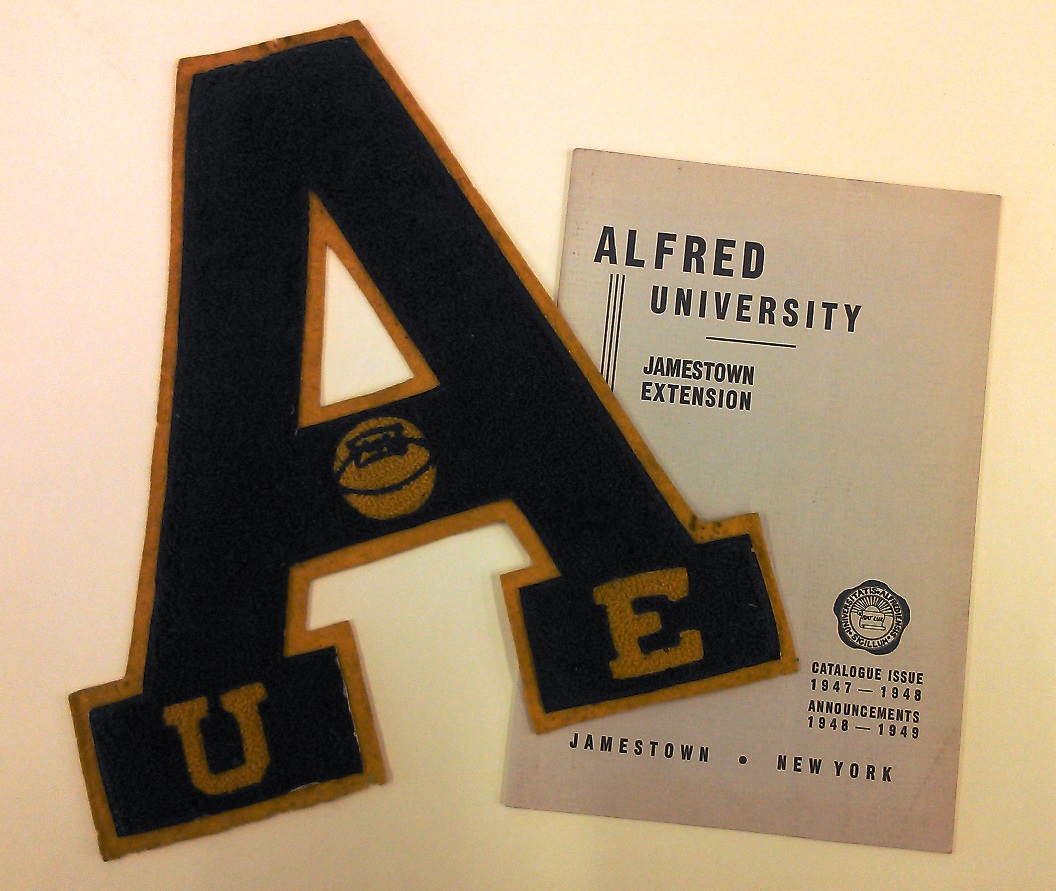The Great Depression of the 1930s certainly created financial strain for many universities and colleges but was also responsible for a development in higher education called the Emergency Collegiate Centers. Teachers across the country were out of work and students could not afford leaving home to study on a college campus. The federal government subsidized the development of these emergency centers, providing free tuition. Alfred University’s first center was established in Bath, NY. In the third year of the program, 1935-36, Alfred University supervised six such schools in Bath, Cattaraugus, Dunkirk, Jamestown, Lockport, and Medina.
As J.N.Norwood stated in his book Fiat Lux: The Story of Alfred University “Thirty-seven teachers sat behind the desks instructing 414 students. A sort of ‘campus’ life developed at each center, and recreational programs were evolved. Faculty groups visited the Alfred campus to consult with faculty members whose work the visitors paralleled. After their second year emergency center students began transferring to Alfred and other colleges.”
One such student enrolled at the Jamestown school and participated in the basketball program. His varsity letter is pictured above. He transferred to the Alfred University campus but had his education interrupted by WWII. He returned to graduate with a degree in ceramic engineering in 1948.
When the centers lost their federal funding in 1937, the communities of Jamestown and Dunkirk “elected to continue experimentally on a tuition basis.” While Dunkirk closed mid-year, the Jamestown center continued as the Alfred University Extension (AUE). It was successful enough that in 1950 it became the Jamestown Community College and officially separated from the University.

